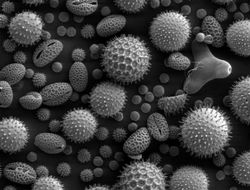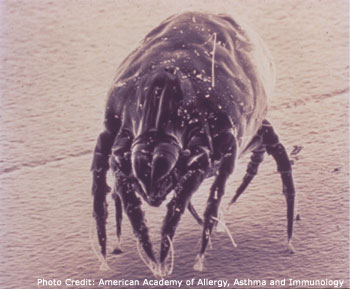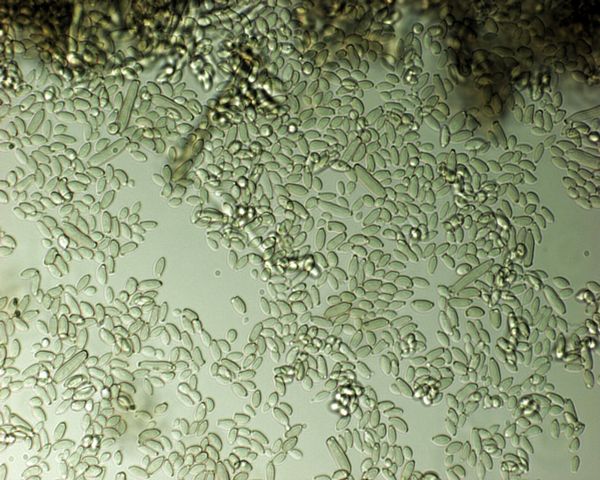-
Air quality testing
Air quality testing available
- Allergen screen
- EPA ERMI, MSQPCR
- (ERMI) Environmental Relative Moldiness Index
- (MSQPCR) Mold Specific Quantitative Polymerase Chain Reaction
Allergies and asthma triggers
Americans spend about 90% of their time indoors. Children seem to be more vulnerable to allergies than adults.
All of the triggers listed below can be found indoors.
- dog
- cat dander
- pollen
- dust mite (body parts and droppings)
- cockroaches (body parts, secretions and droppings)
- mold and mold spores








EPA
Asthma is a rapidly growing public health problem.
According to the Centers for Disease Control and Prevention:
- 22 million people, including 6.5 million children, have asthma.
- Asthma prevalence is higher among families with lower incomes.
- 12 million people report having an asthma attack in the past year.
- Asthma accounts for nearly 15 million outpatient clinic visits, and nearly 2 million emergency department visits each year.
- African Americans continue to have higher rates of asthma emergency department visits, hospitalizations, and deaths than do Caucasians:
- The rate of emergency department visits is 350% higher.
- The hospitalization rate is 240% higher.
- The asthma death rate is 200% higher.
- Approximately 2 million Hispanics in the U.S. have asthma and Puerto Ricans are disproportionately impacted:
- The rate of asthma among Puerto Ricans is 125% higher than non-Hispanic white people and 80% higher than non-Hispanic black people.
- The prevalence of asthma attacks is highest among Puerto Ricans.
Asthma in Children:
- Asthma is the most common serious chronic disease of childhood.
- Asthma is the third-ranking cause of hospitalization among children under 15.
- Asthma in children is the cause of seven million physician visits and nearly 200,000 hospitalizations.
- Asthma accounts for one-third of all pediatric emergency room visits and is the fourth-most common cause of pediatric visits to the doctor’s office.
- An average of one out of every 13 school-aged child has asthma.
- Asthma is the leading cause of school absenteeism from a chronic childhood condition.
- 13 million school days are missed each year due to asthma.
United States Indoor Environments Division EPA 402-F-04-019
Environmental Protection Agency Office of Air and Radiation (6609J) May 2007The Cost of Asthma:
- Annual expenditures for health and lost productivity due to asthma are estimated at $16 billion, according to the National Heart Lung and Blood Institute.
- Asthma and the Environment: Research by EPA and others has shown that
- Dust mites, molds, cockroaches, pet dander, and secondhand smoke trigger asthma attacks.
- Exposure to secondhand smoke can cause asthma in pre-school aged children.
- Exposure to dust mites can cause asthma.
- Ozone and particle pollution can cause asthma attacks.
- When ozone levels are high, more people with asthma have attacks that require a doctor’s attention.
- Ozone makes people more sensitive to asthma triggers such as pet dander, pollen, dust mites, and mold.
Susceptibility to Asthma Controlled by Modifying the Environment. Author: Stephen Vesper U.S. EPA/Office of Research and Development (ORD)/National Exposure Research Laboratory (NERL) Keywords: asthma, mold, ERMI, wheeze, rhinitis In a just-completed, five-year study in Cleveland-area, water-damaged homes of asthmatics, EPA Office of Research and Development (ORD) researchers, in collaboration with Case Western Reserve University Medical School, established that specific molds were statistically more common in water-damaged homes. When the molds were removed from these homes, the children had a significant decrease in asthma symptoms and symptom days. The result was a statistically significant tenfold reduction in the use of medical interventions (i.e., emergency room visits or hospital admissions) for children living in these homes. In a just-completed study in Cincinnati, the relationship between mold concentrations and the development of wheeze and/or rhinitis in infants was tested. To measure exposure risk, EPA scientists developed the EPA relative moldiness index© or ERMI© based on the measurement of the concentration of 36 species of molds in floor dust samples by using EPA’s patented “Mold Technology.” The ERMI© values were used to accurately predict the risk for infants developing respiratory illness. By applying these findings and techniques, we should be able to reduce the asthma burden in the US, reduce the use of medical care, and save lives. Notice: The U.S. EPA, through its Office of Research and Development, funded and collaborated in the research described here. It has been subjected to the Agency’s peer review and has been approved as an EPA publication. Mention of trade names or commercial products does not constitute endorsement or recommendation by the EPA for use. Point of Contact: Stephen Vesper Research Biologist U.S. EPA/ORD/NERL 26 W. Martin Luther King Drive M.L. 314 Cincinnati, OH 45268 513-569-7367 vesper.stephen@epa.gov
